Abstract
Within 48 hours of the institution of severe phenylhydrazineinduced anaemia in mice bearing ascites tumours or generalised leukaemia, a substantial proportion of the malignant cells disappeared respectively from the peritoneal cavity or infiltrated liver. The results of radiobiological experiments permitting determination of the proportion of viable leukaemia cells which were severely hypoxic and relatively radioresistant in the livers of leukaemic mice, showed that induction of anaemia was associated with a several hundredfold increase in the proportion of such cells. The proportion of hypoxic cells was greatly reduced when the anaemic leukaemic mice were transfused with packed erythrocytes or allowed to breathe oxygen under high pressure. Similar experi - ments with solid sarcomas indicated that a high proportion of the tumour cells were hypoxic in non-anaemic mice breathing air. The hypoxic fraction was not significantly reduced when tumour-bearing mice were made severely anaemic during growth of the tumour and were later transfused. Thus, the hypoxic cells in leukaemic livers and those in solid tumours are markedly different in their capacity for oxygenation following the induction of relative hyperoxaemia.
Full text
PDF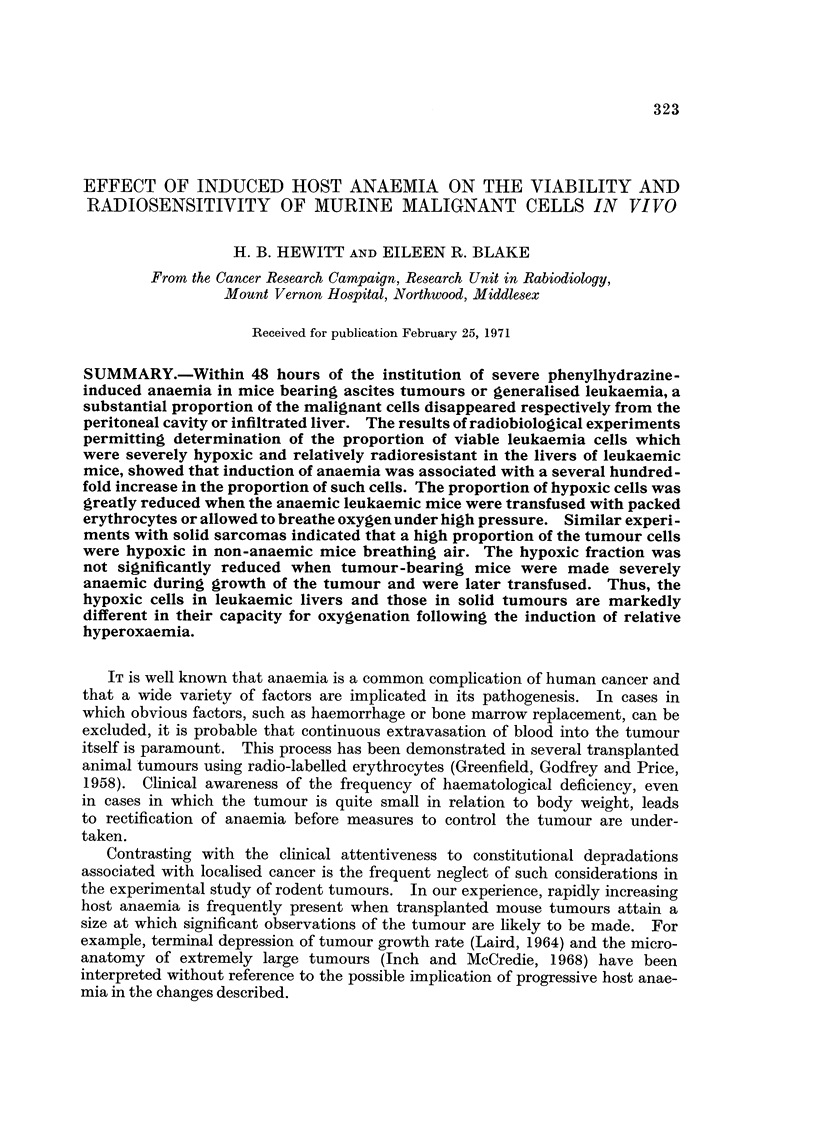
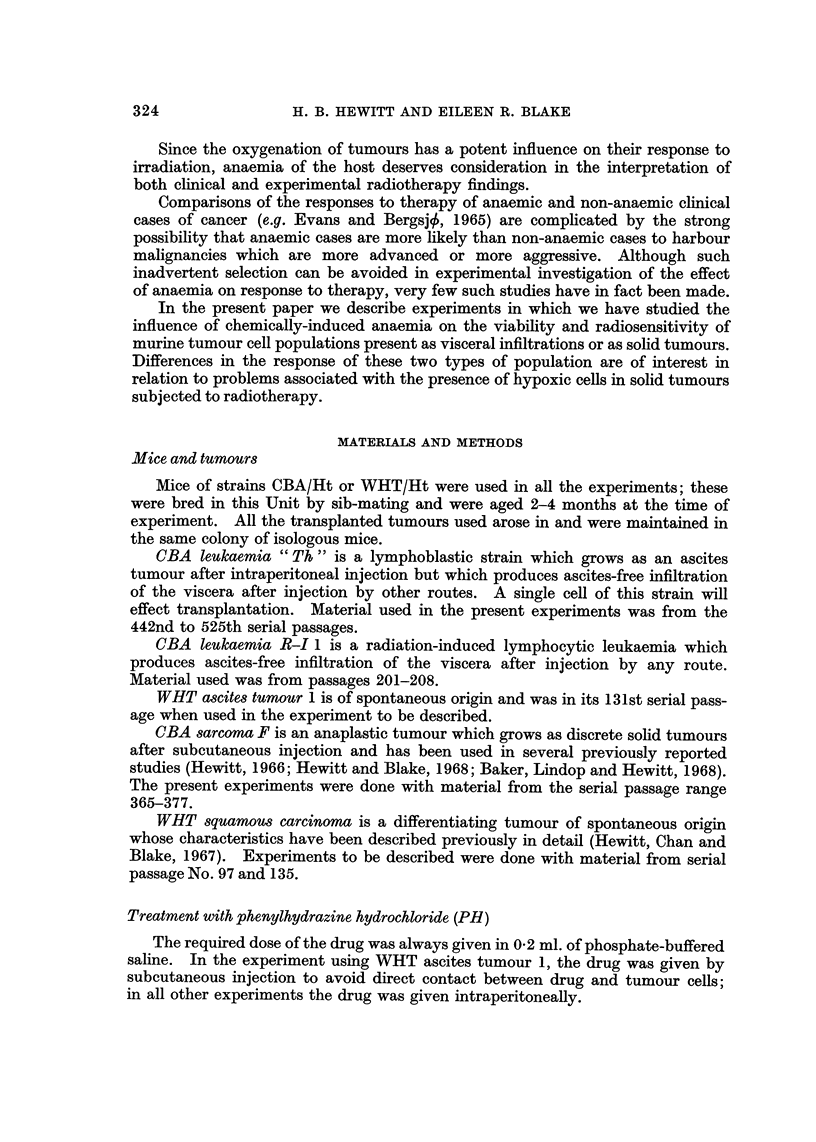
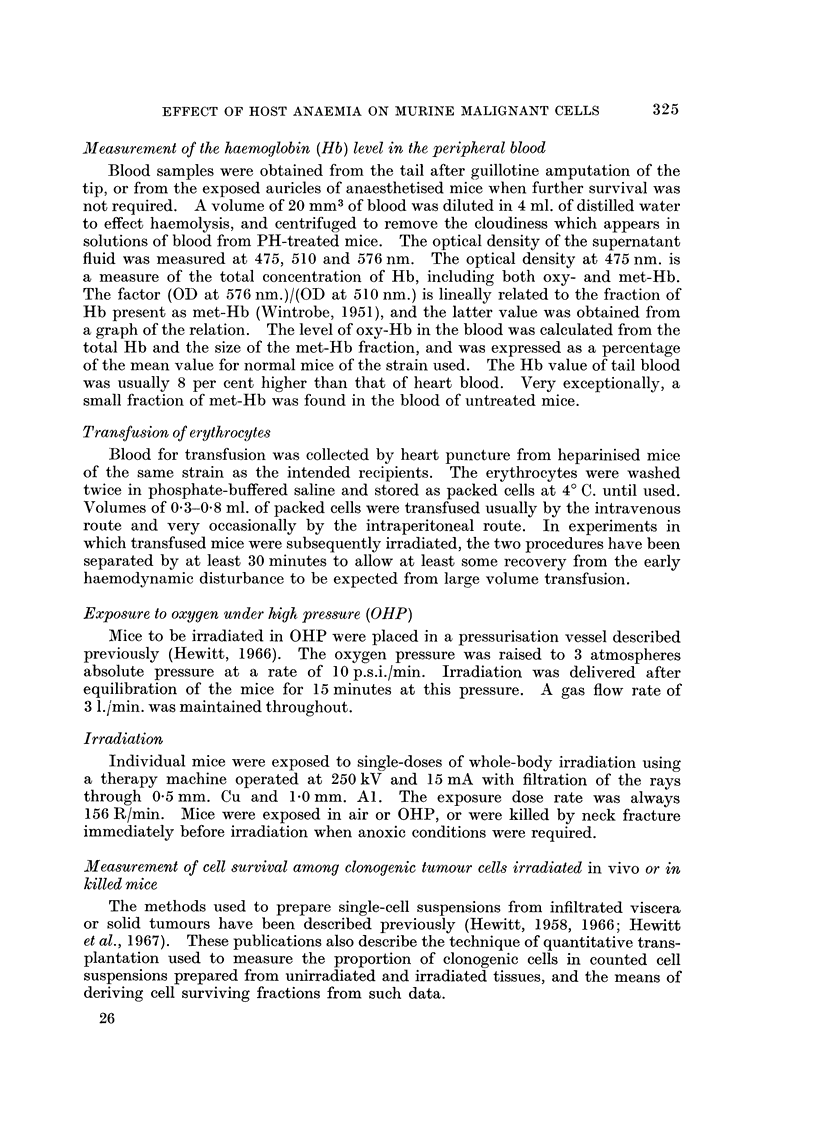
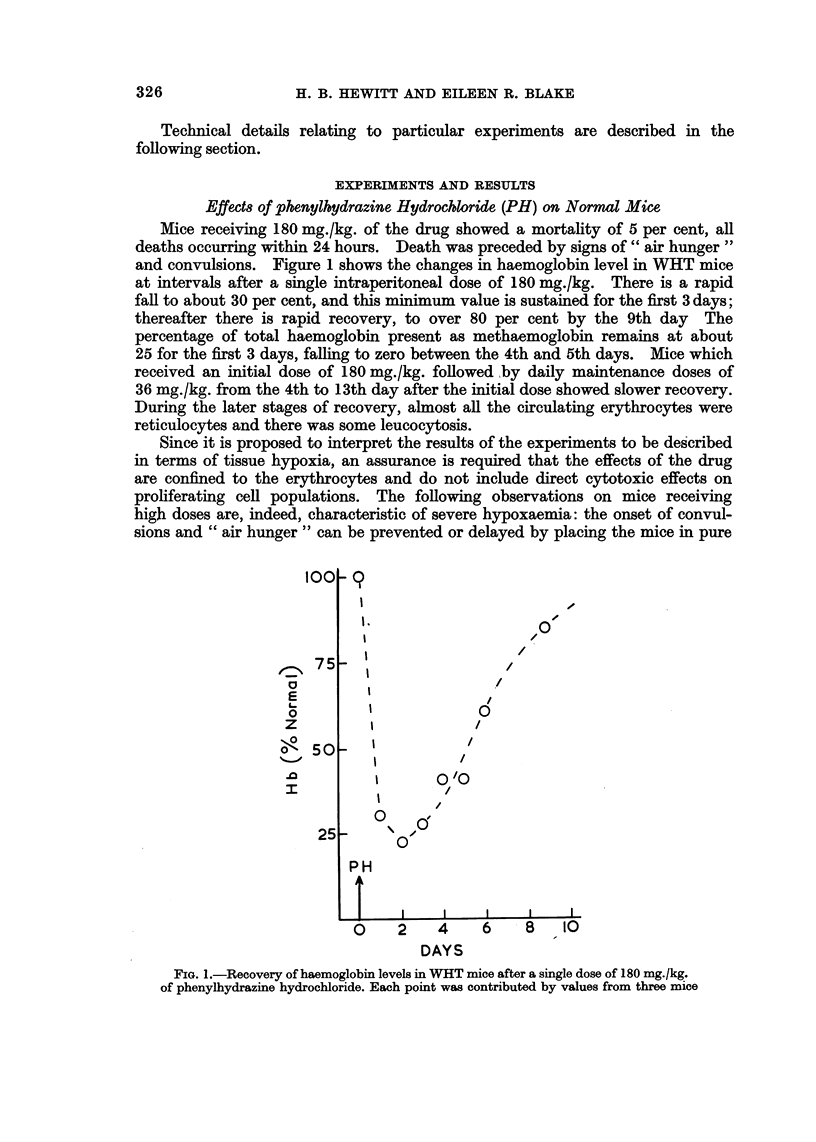
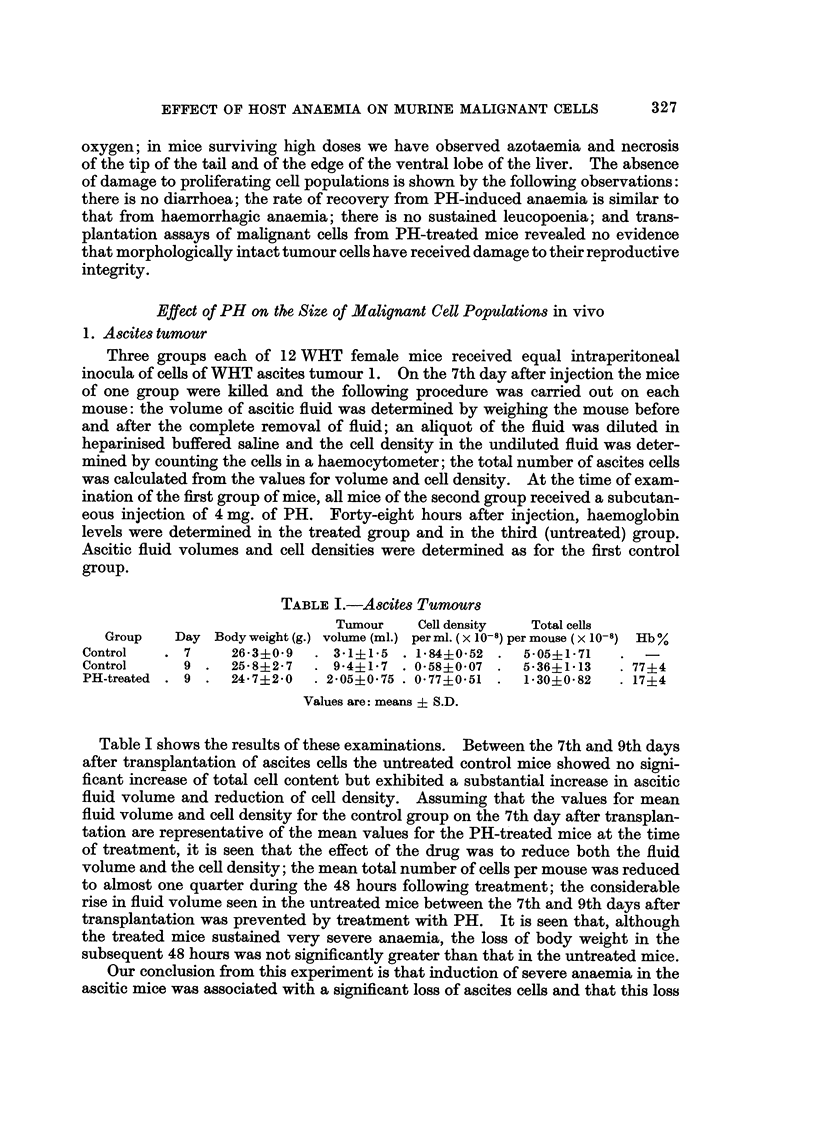
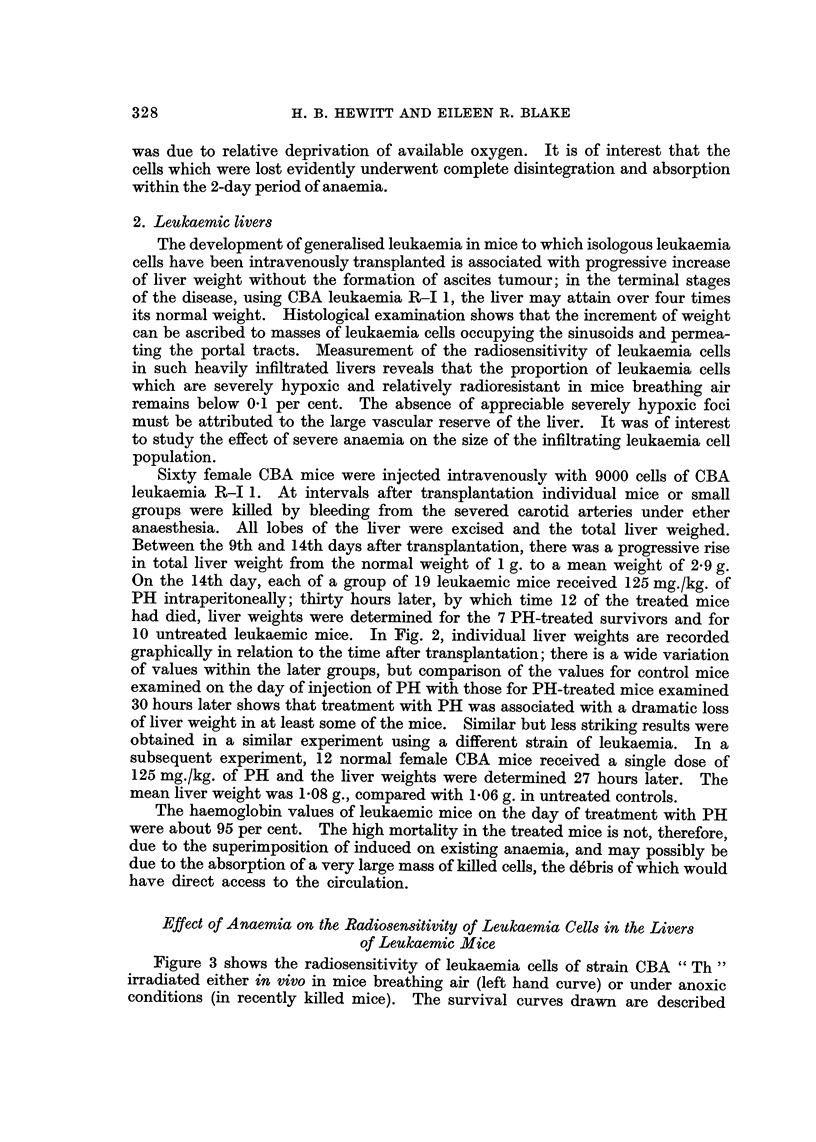
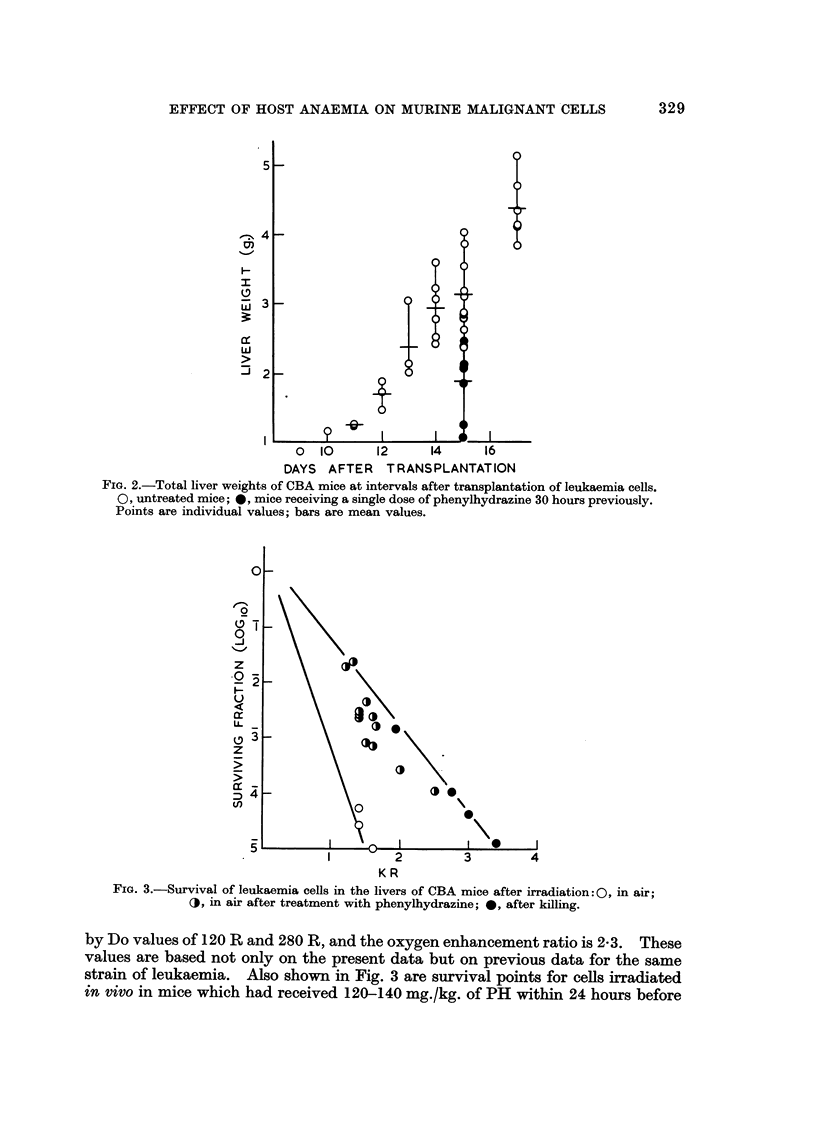
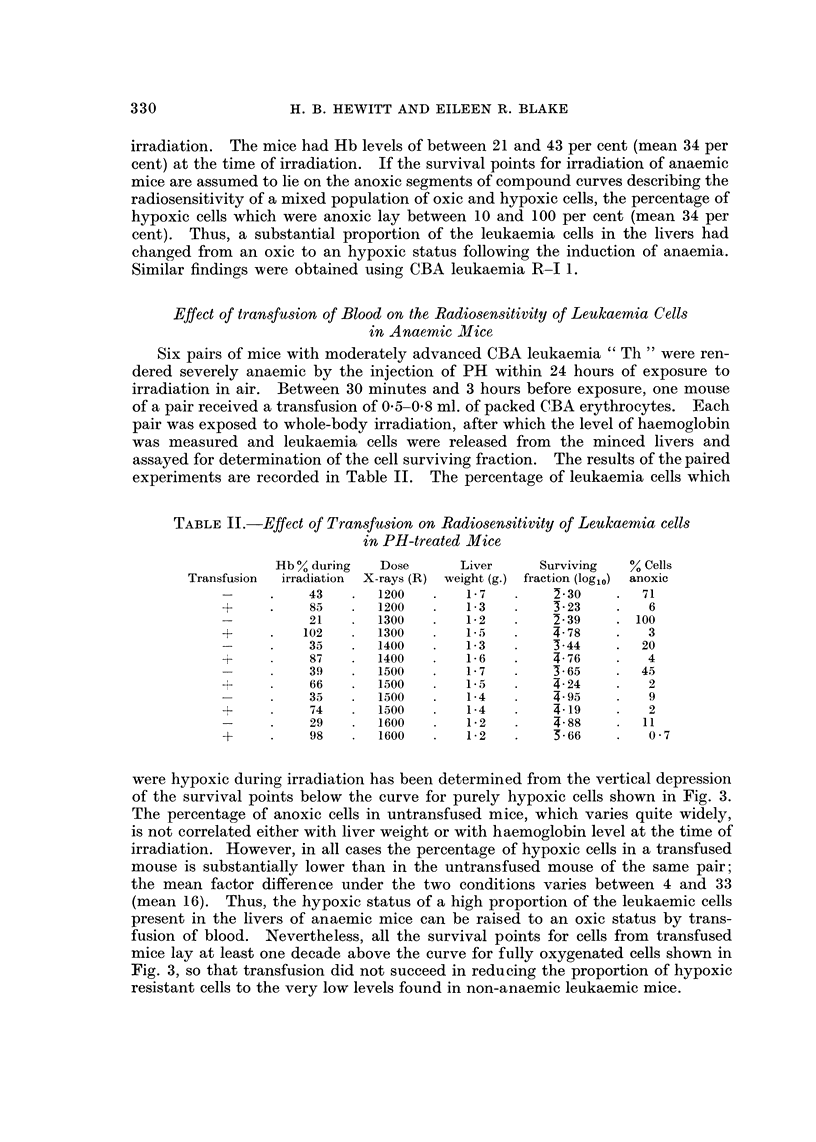
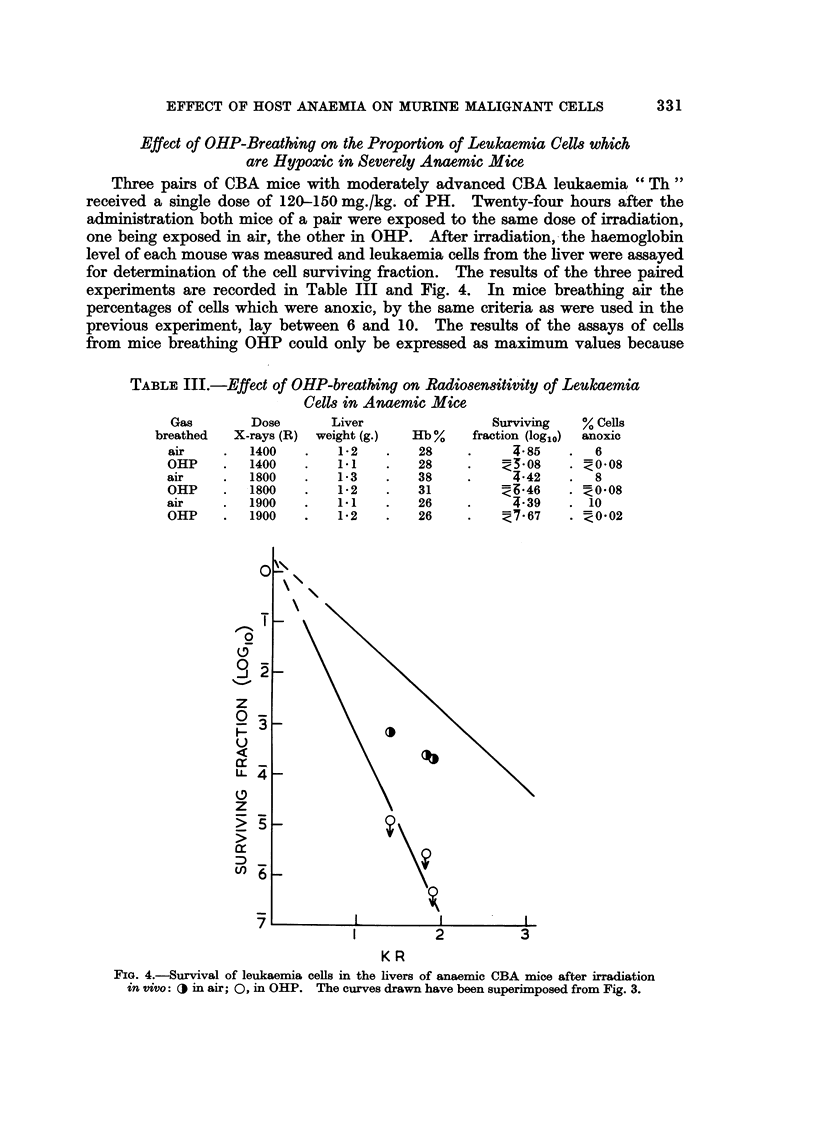
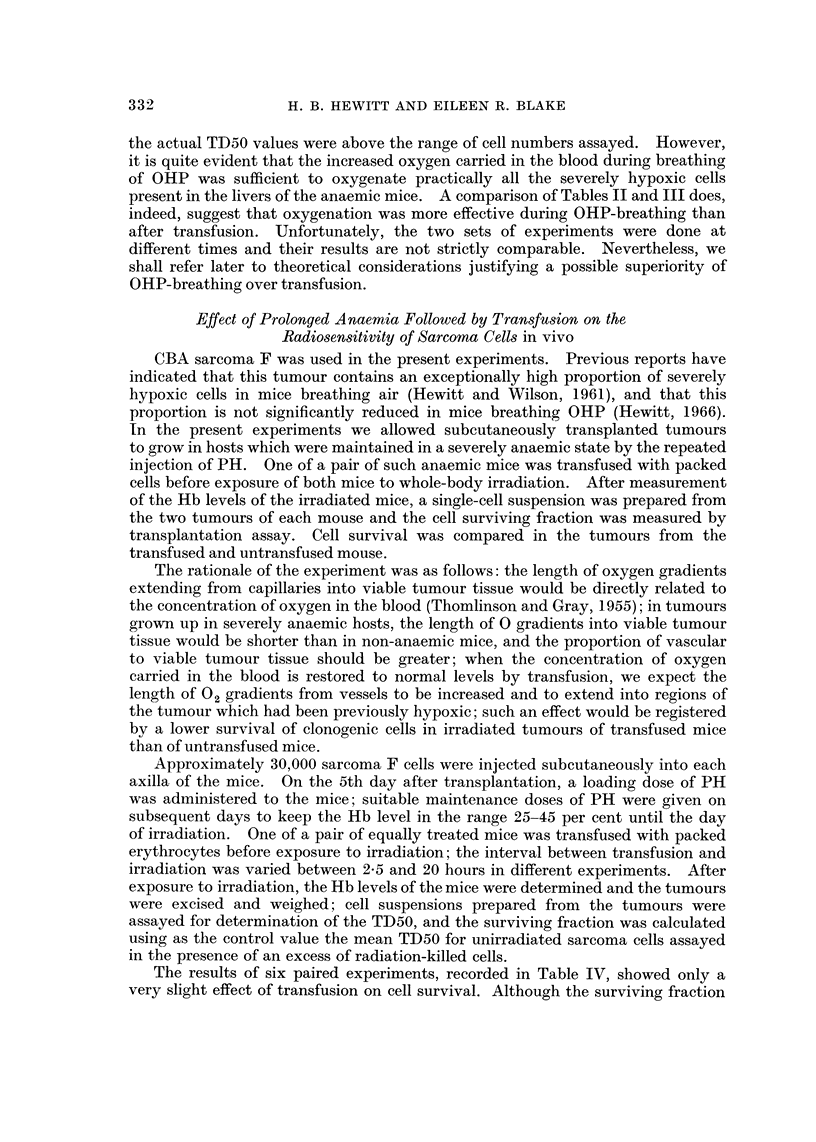
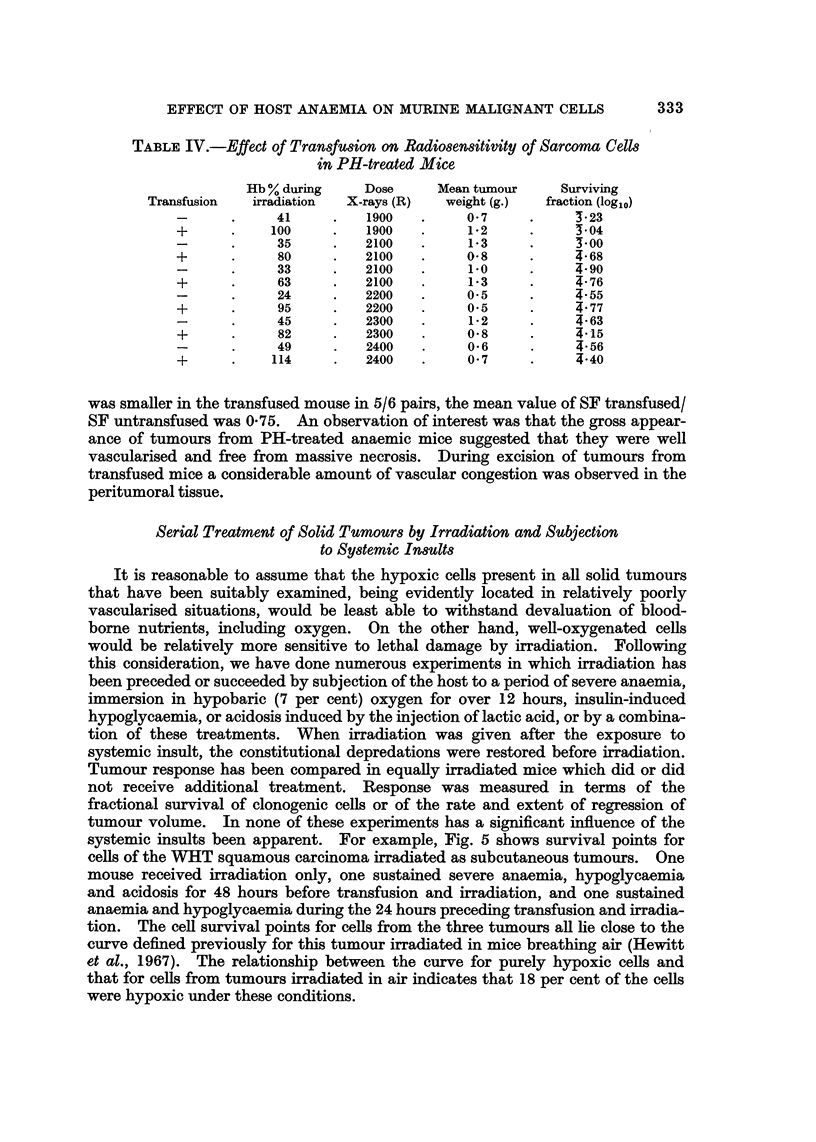
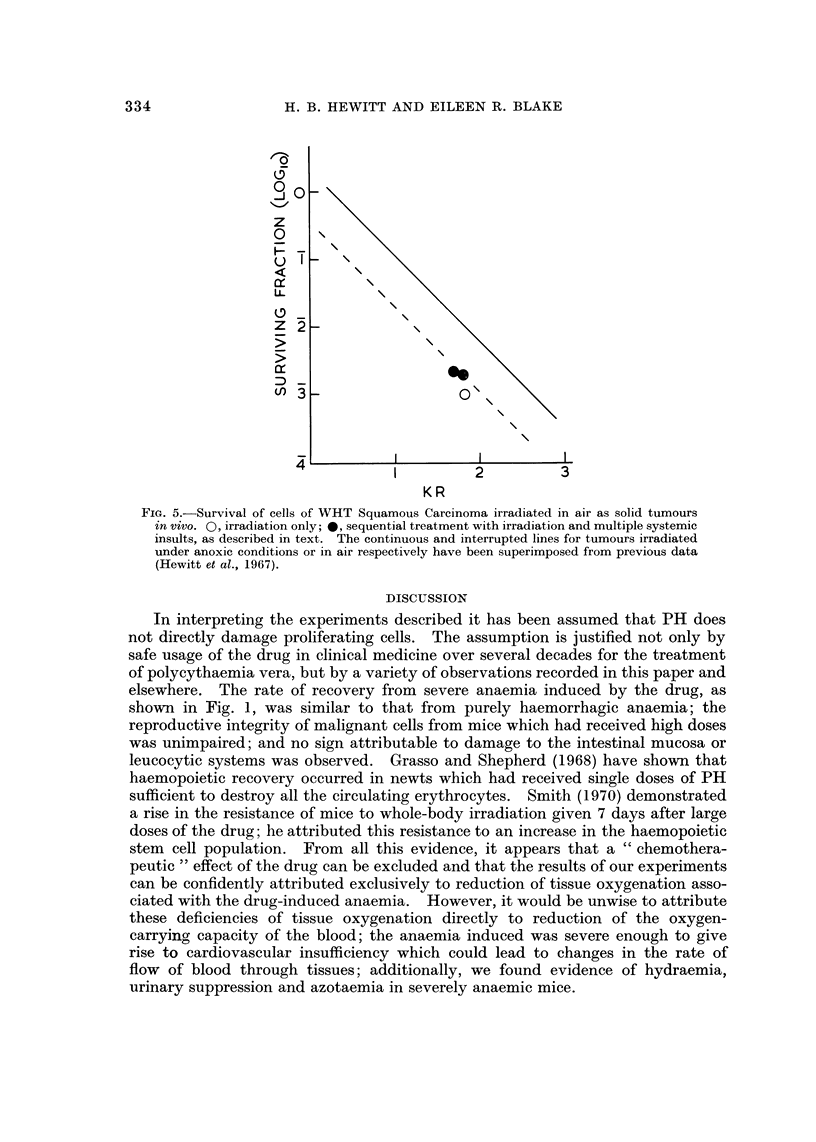
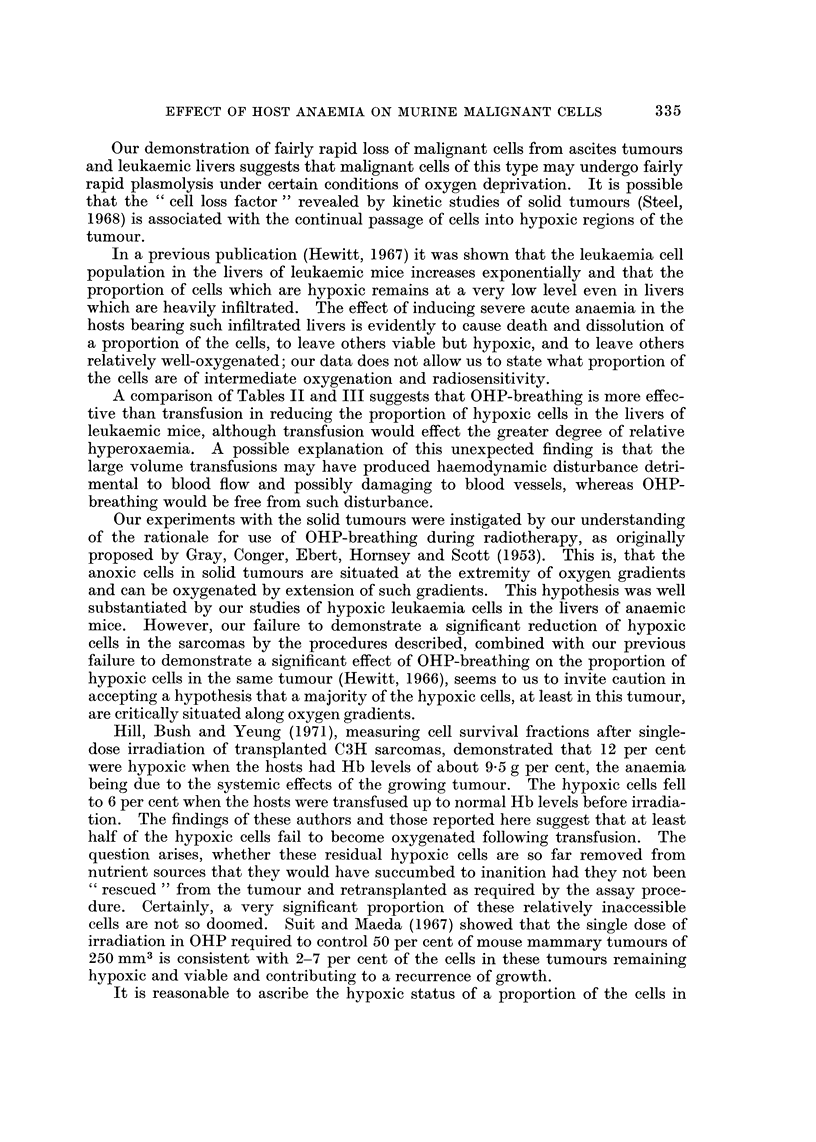
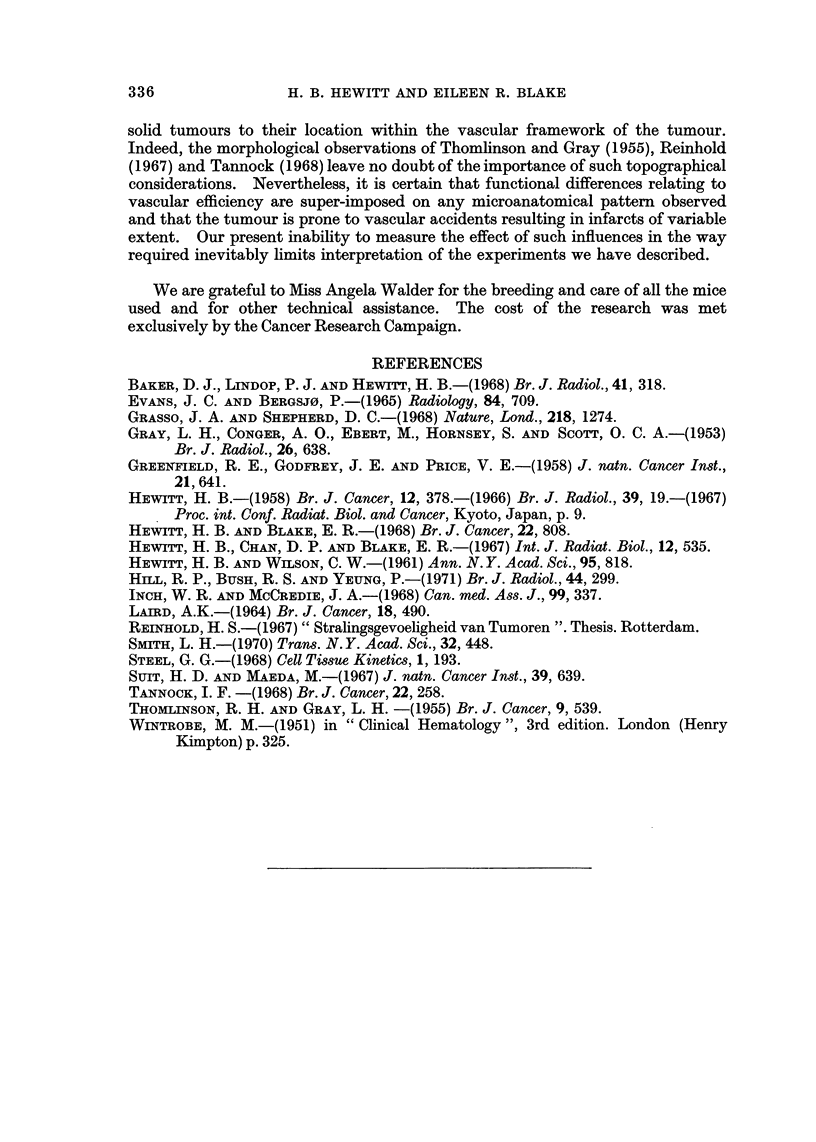
Selected References
These references are in PubMed. This may not be the complete list of references from this article.
- GRAY L. H., CONGER A. D., EBERT M., HORNSEY S., SCOTT O. C. The concentration of oxygen dissolved in tissues at the time of irradiation as a factor in radiotherapy. Br J Radiol. 1953 Dec;26(312):638–648. doi: 10.1259/0007-1285-26-312-638. [DOI] [PubMed] [Google Scholar]
- GREENFIELD R. E., GODFREY J. E., PRICE V. E. Studies on the anemia of tumor-bearing animals. I. Distribution of radioiron following the injection of labeled erythrocytes. J Natl Cancer Inst. 1958 Oct;21(4):641–656. [PubMed] [Google Scholar]
- HEWITT H. B. Studies of the dissemination and quantitative transplantation of a lymphocytic leukaemia of CBA mice. Br J Cancer. 1958 Sep;12(3):378–401. doi: 10.1038/bjc.1958.47. [DOI] [PMC free article] [PubMed] [Google Scholar]
- HEWITT H. B., WILSON C. W. Survival curves for tumor cells irradiated in vivo. Ann N Y Acad Sci. 1961 Nov 13;95:818–827. doi: 10.1111/j.1749-6632.1961.tb50078.x. [DOI] [PubMed] [Google Scholar]
- Inch W. R., McCredie J. A. Factors influencing radiosensitivity of animal tumours. Can Med Assoc J. 1968 Aug 24;99(8):337–342. [PMC free article] [PubMed] [Google Scholar]
- LAIRD A. K. DYNAMICS OF TUMOR GROWTH. Br J Cancer. 1964 Sep;13:490–502. doi: 10.1038/bjc.1964.55. [DOI] [PMC free article] [PubMed] [Google Scholar]
- THOMLINSON R. H., GRAY L. H. The histological structure of some human lung cancers and the possible implications for radiotherapy. Br J Cancer. 1955 Dec;9(4):539–549. doi: 10.1038/bjc.1955.55. [DOI] [PMC free article] [PubMed] [Google Scholar]
- Tannock I. F. The relation between cell proliferation and the vascular system in a transplanted mouse mammary tumour. Br J Cancer. 1968 Jun;22(2):258–273. doi: 10.1038/bjc.1968.34. [DOI] [PMC free article] [PubMed] [Google Scholar]


